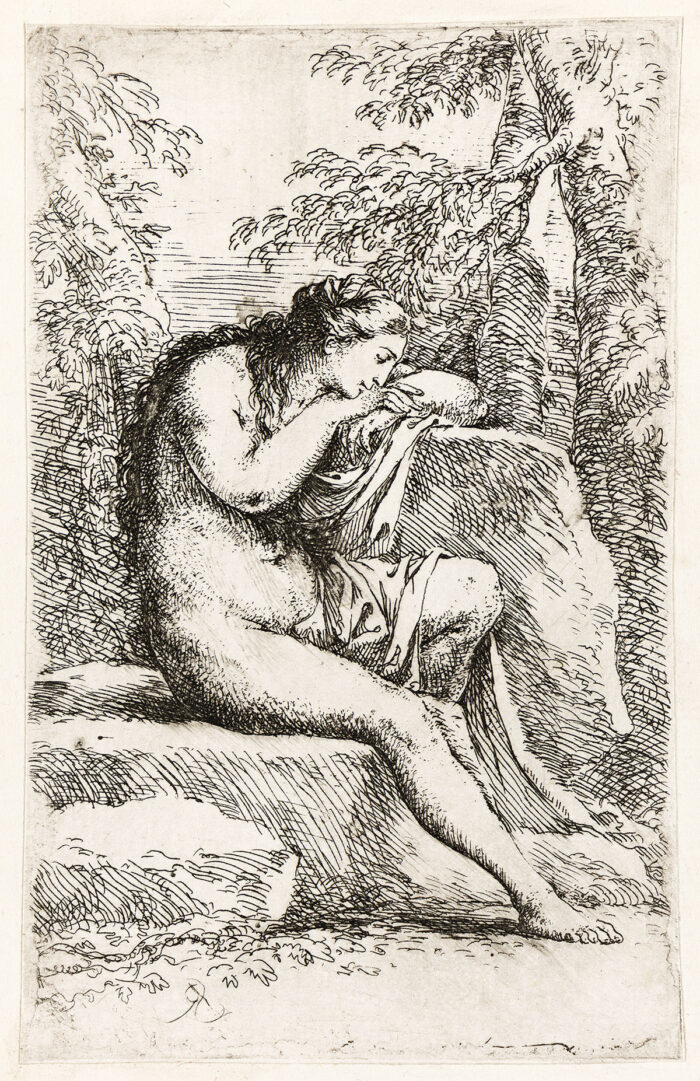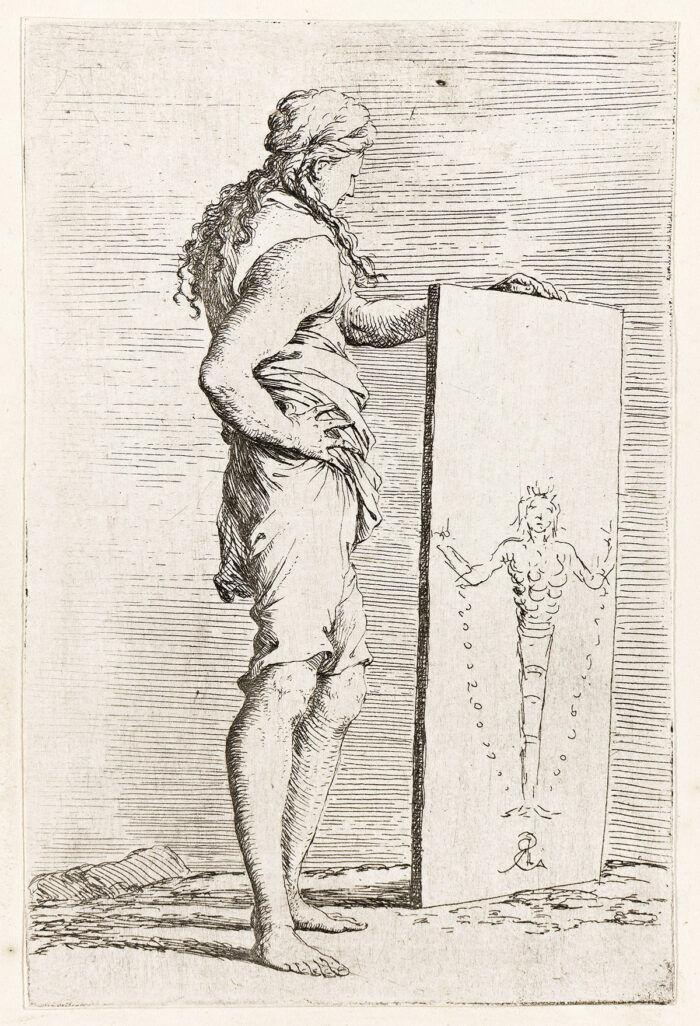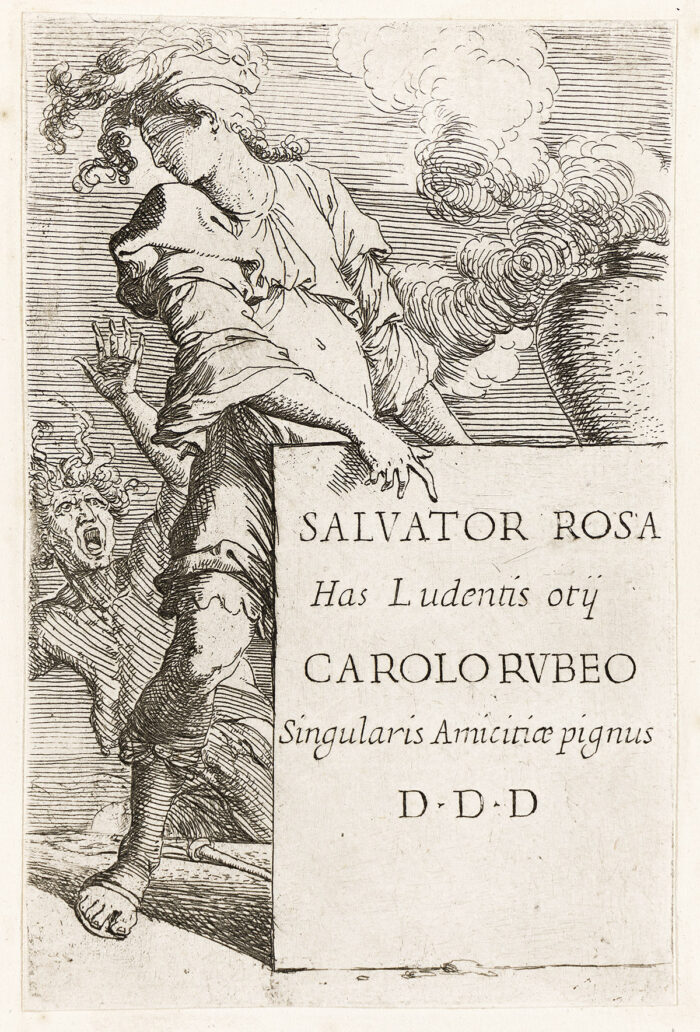Le Bon Samaritain
Saturday, June 8th, 2024RODOLPHE BRESDIN (1822-1885)
Le Bon Samaritain
lithograph, 1861, on wove paper with a map (of the city of d’Angouleme in 1861, printed by Lemercier, Paris) on the reverse, a brilliant impression of the first state (of two) before the First Edition, a very rare early proof printed by Lemercier, trimmed to the subject; image & sheet: 560 x 439 mm. Van Gelder, 100. Preaud, 29 (this impression cited).
PROVENANCE
Galerie Paul Proute S.A, Paris.
Collection Sam Josefowitz, Pully
The artists largest and most ambitious print,Le Bon Samaritanwas first exhibited in the Salon of 1861 under the titleAbd el-Kadersecourant un chrtien(Abd el-Kader aiding a Christian). This is a reference to the Algerian Emir, who, with his followers, saved thousands of Christians during the Damascus massacres in 1860, an act which Bresdin parallels with the New Testament parable of an outsiders kindness. Bresdins treatment of this well-known subject is highly original, with the Good Samaritans act of mercy almost lost in a phantasmagorical forest, populated with strange plants and creatures, executed in exquisite detail.
The print was so well received when it was first issued in 1861 that the artist published a second edition in 1867. Successive printing resulted in the lithographic stone deteriorating, requiring alterations to the stone to cover defects, and eventually the transfer of the image to a new stone in 1868, after which three more editions were issued in 1871, 1880 and 1882.
This fine proof is printed on the reverse of a map of the city of Angouleme issued in 1861 by the Lemercier workshop. It is one of a few known impressions printed between March to May 1861 and displays the full range of intricate detail only present in the very earliest examples.




